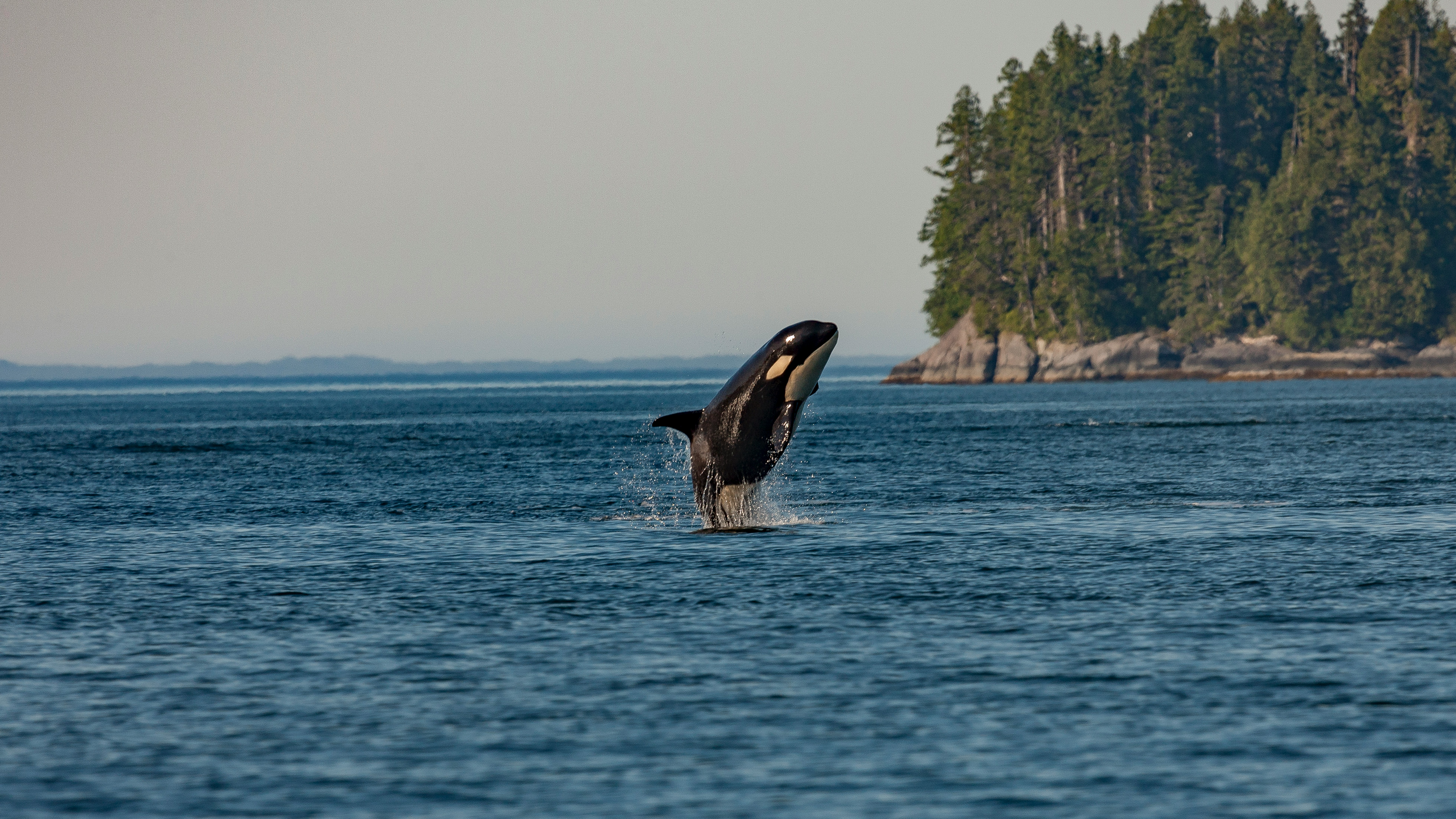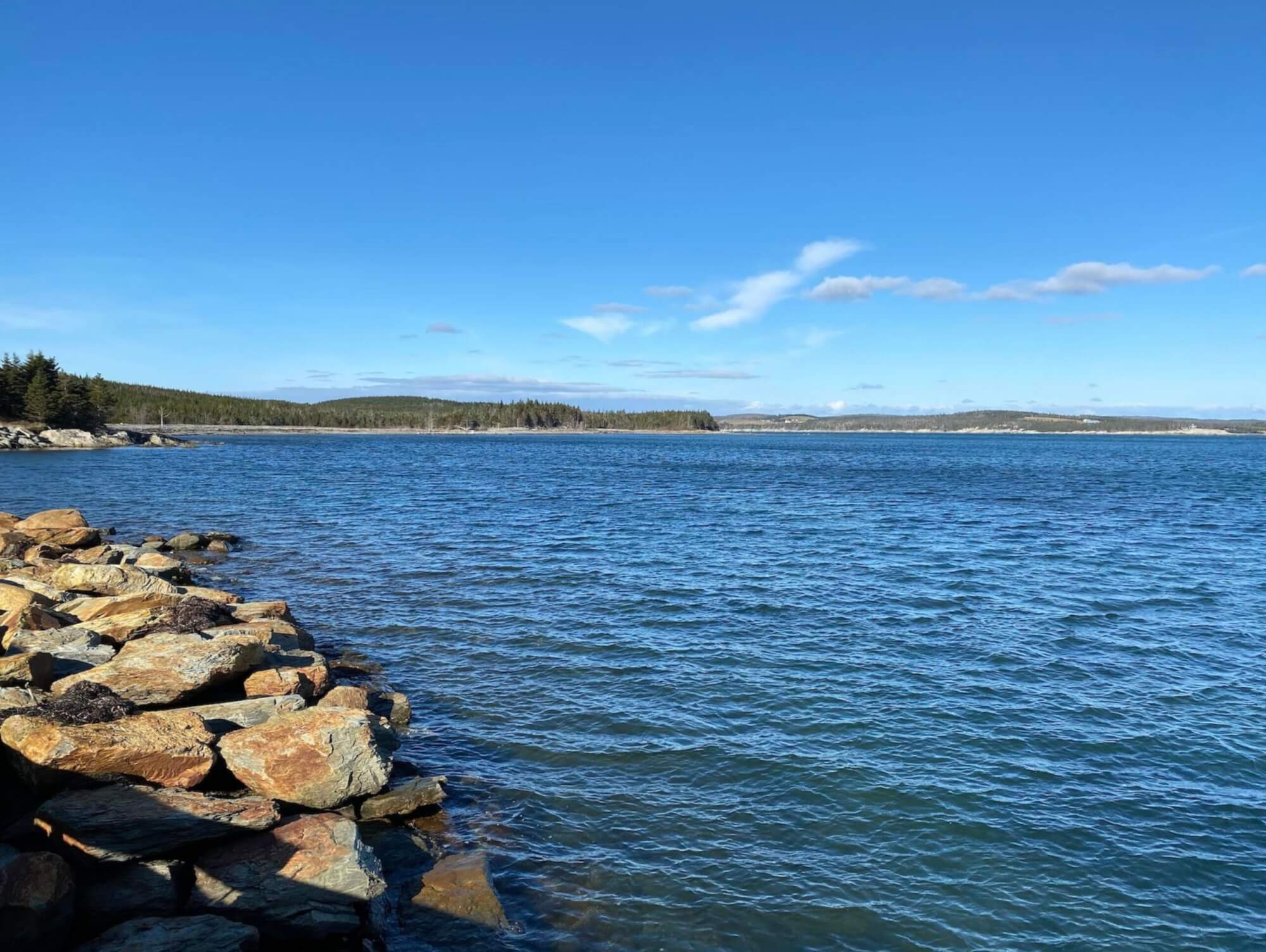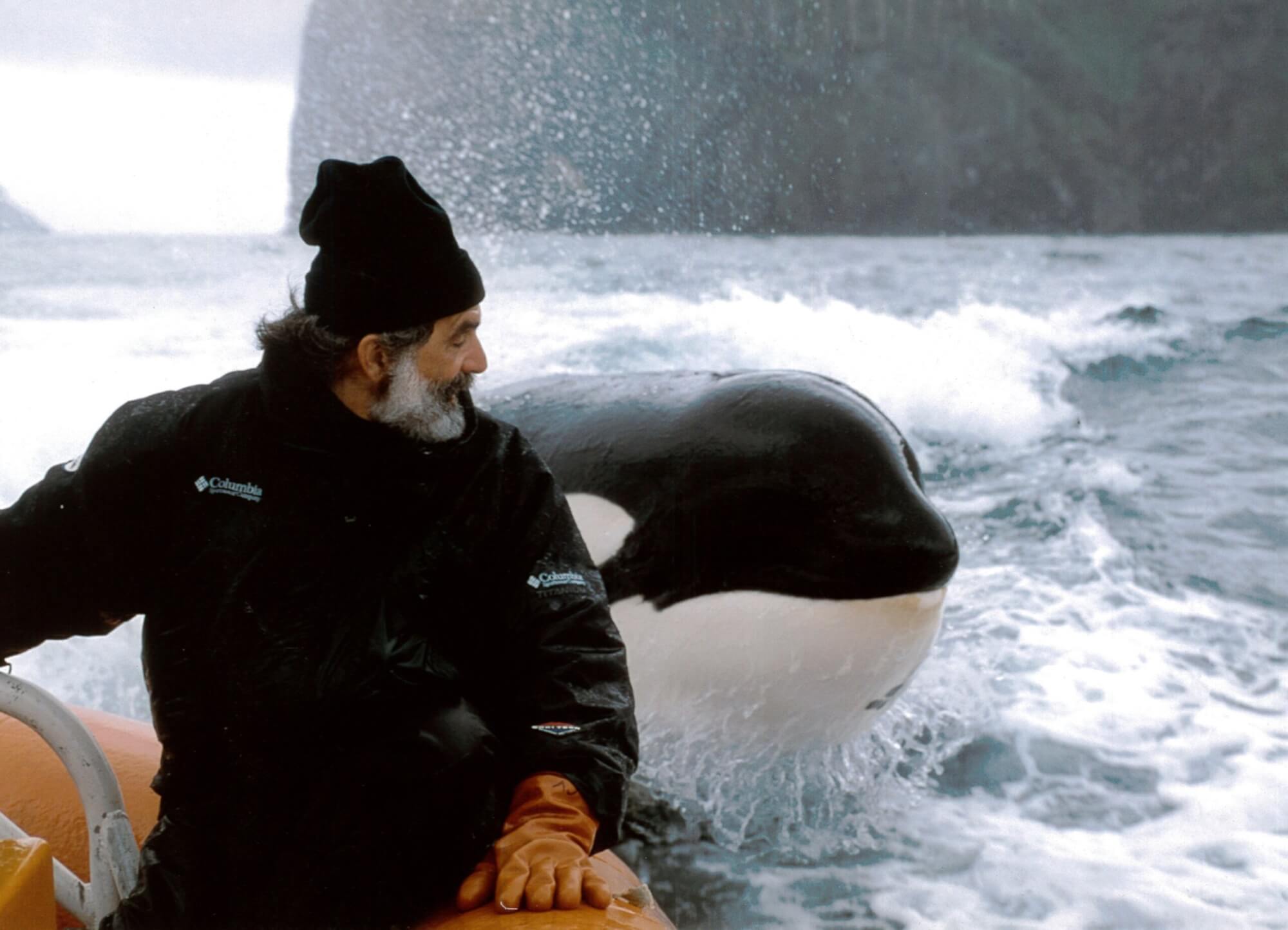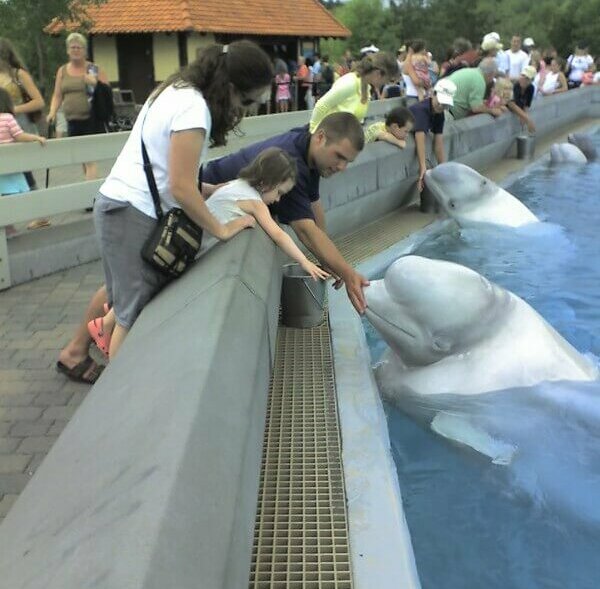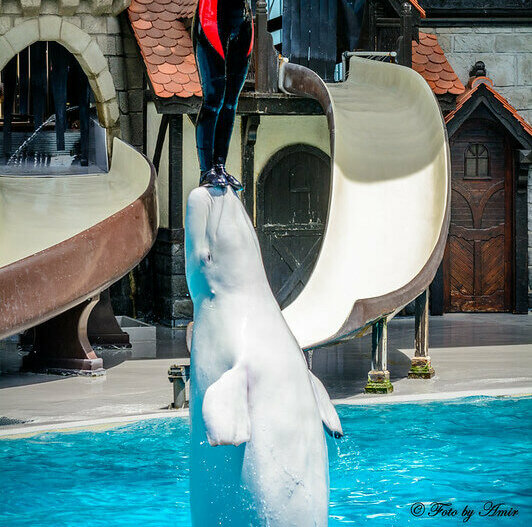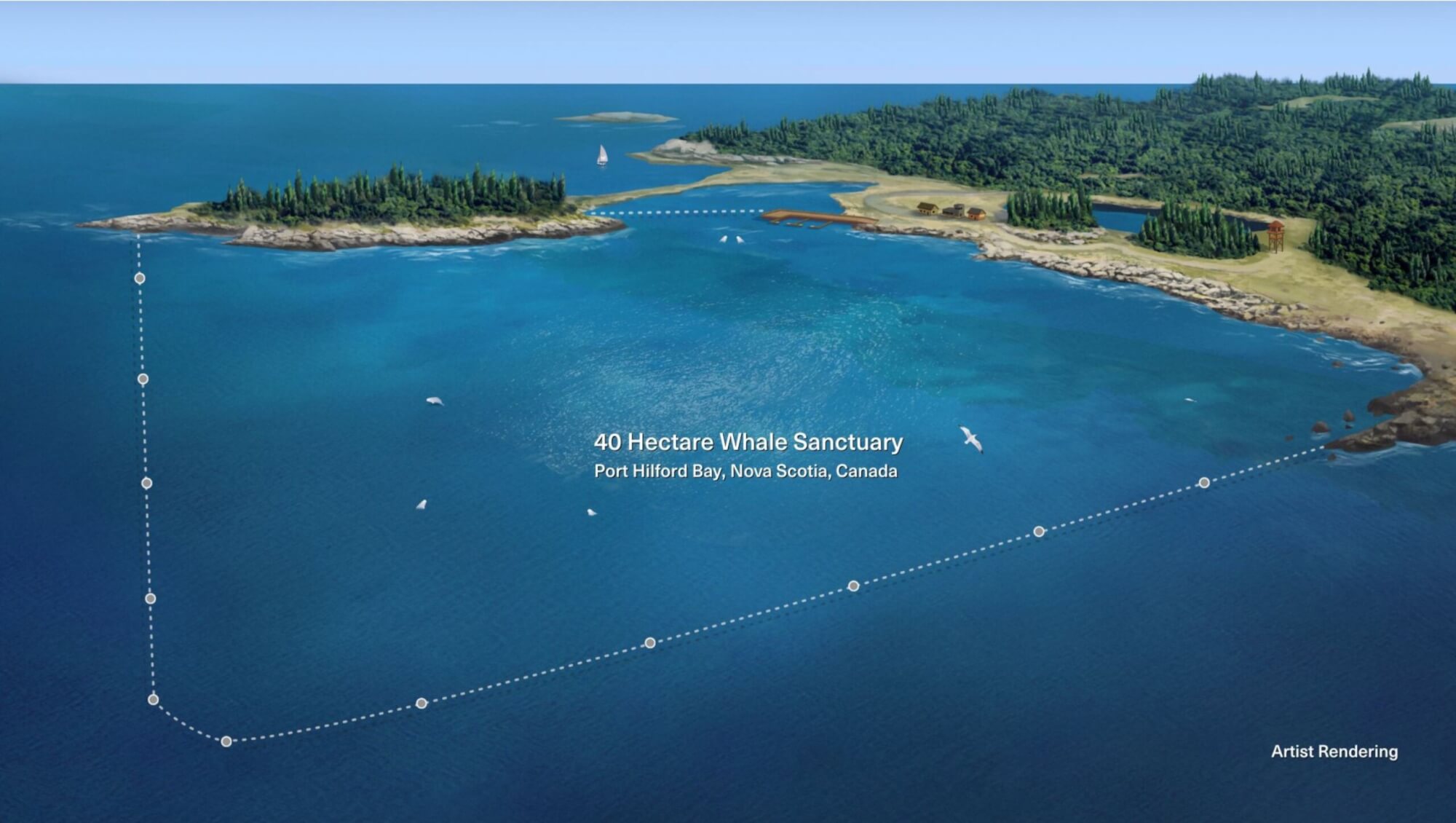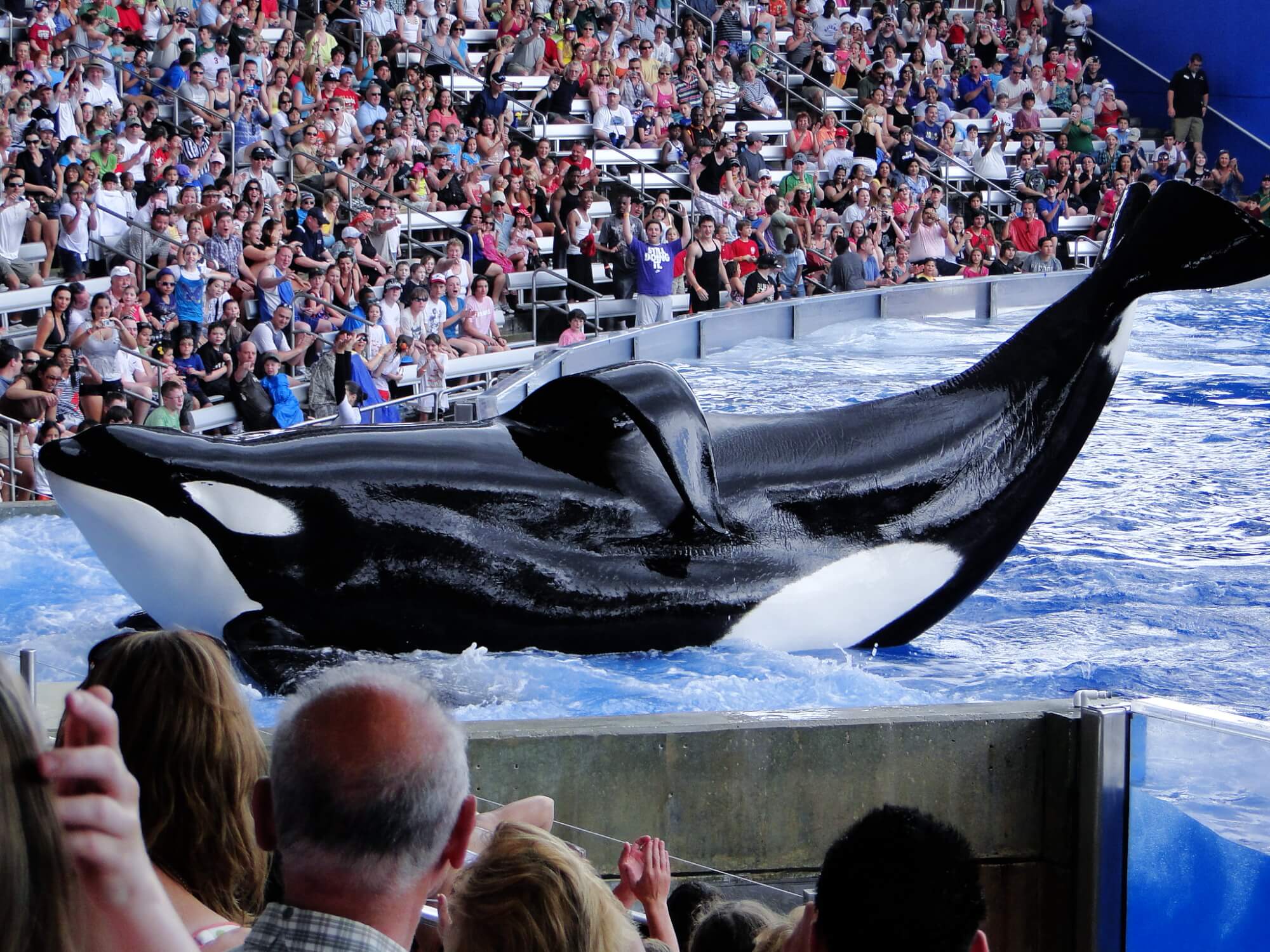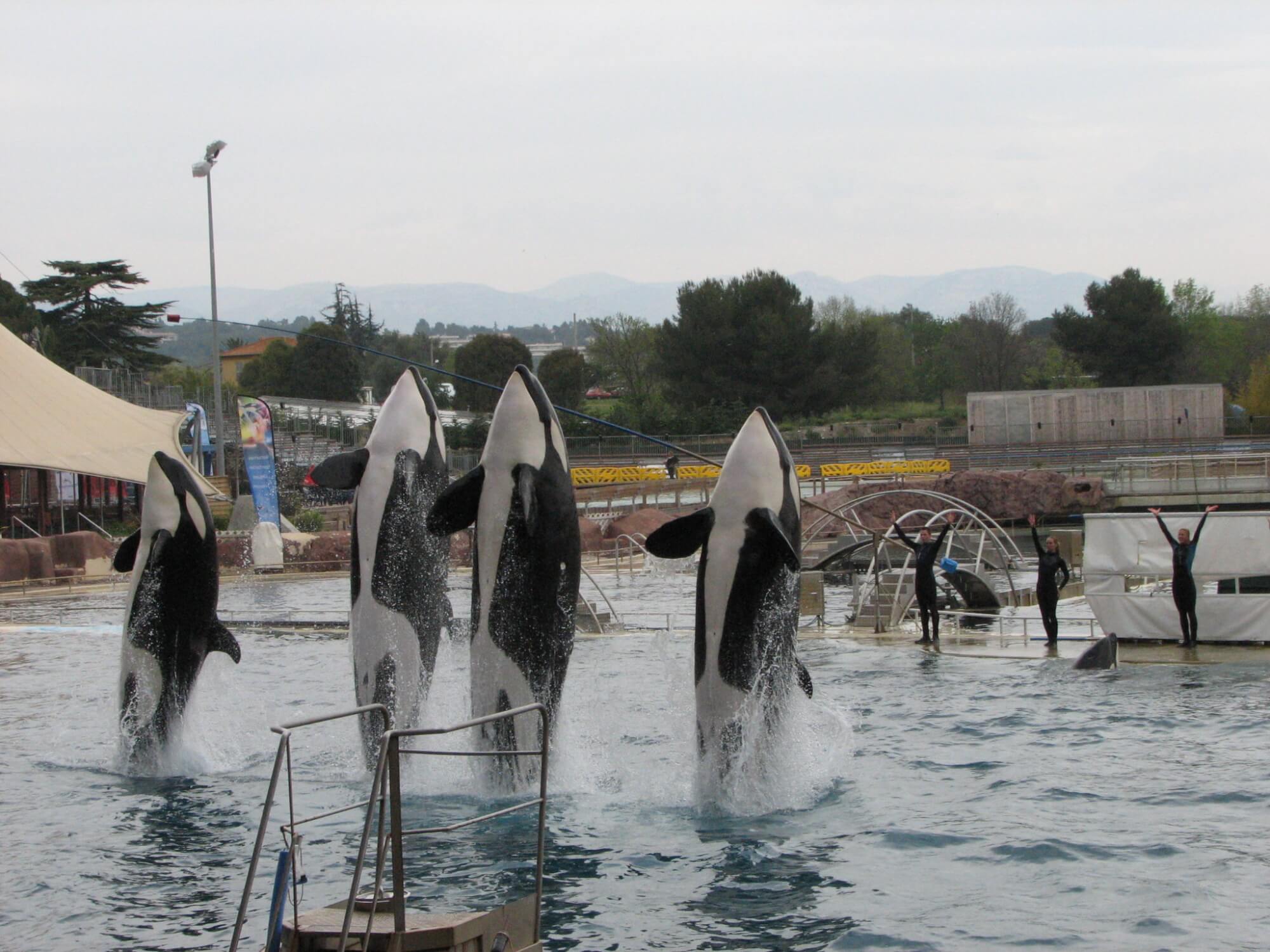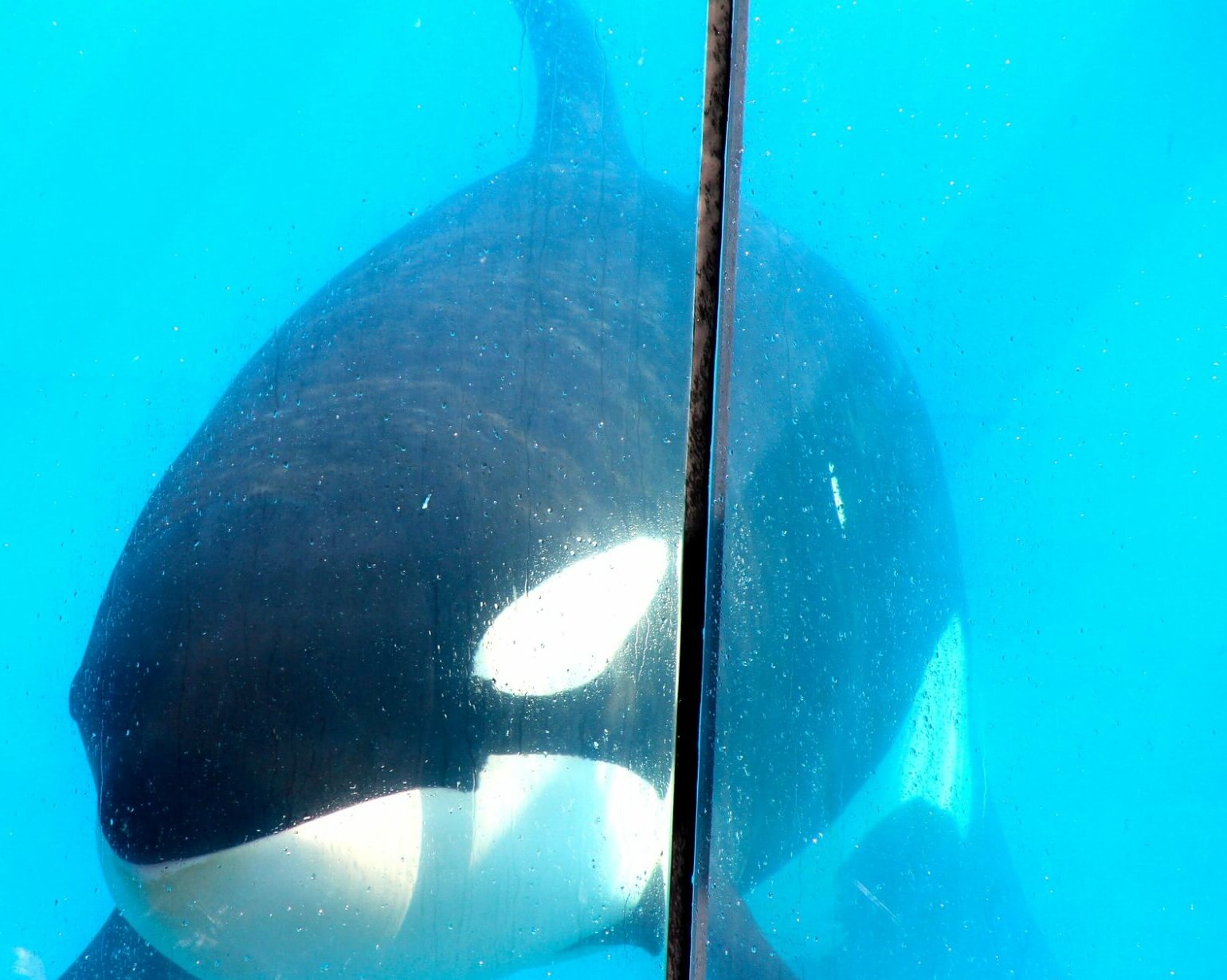More than 3,000 belugas, dolphins and killer whales are held in captivity around the world. They live in conditions that are inappropriate for their needs, social bonding, and intelligence. The Whale Sanctuary Project provides a solution to this issue by giving these whales a certain degree of freedom.
Located in Nova Scotia, the Whale Sanctuary Project (WSP) currently under development aims to create a sanctuary for cetaceans. The goal is to host killer whales and belugas that have lived in captivity and cannot be rehabilitated and give them a suitable natural habitat that offers optimal conditions for their well-being.
Here is a summary of our meeting with the project’s executive director, Mr. Charles Vinick, who has been involved in the environmental and ocean community for over 50 years.
Biography of a passionate individual
Mr. Vinick seems to have been involved in the world of environmental protection for as long as he can remember. Having worked alongside the Cousteau organization for 30 years, he had the opportunity to participate in a number of projects including the creation of the Parc Oceanique Cousteau (article in French), a hitherto unprecedented technological concept that allowed the public to discover the underwater world without resorting to captive animals. These inspiring years made him aware of the importance of protecting the oceans and ecology on a global scale.
Later, he would witness the role of cetaceans in captivity and the interactions imposed on a killer whale at a marine theme park in Australia. This experience would profoundly shape his views on the captivity of marine mammals and the marine park industry.
In the 1990s, he joined the team to undertake actions for the release of the captive killer whale “Keiko,” which achieved stardom in the blockbuster film “Free Willy.” Despite great effort and coordinated interventions, this complex approach would ultimately fail. After being released at sea in 2002, Keiko never managed to fully integrate a killer whale pod and relied on fishing vessels for food. Unfortunately, he would only survive one year, ultimately succumbing to a respiratory disease. The results of this experience led Vinick to realize that the complete release of a marine mammal that has lived in captivity is extremely difficult. This experience became the source of inspiration for the sanctuary project.
The Whale Sanctuary Project
The Whale Sanctuary Project (WSP) is a non-profit organization that promotes the well-being of marine mammals. The objective of this sanctuary will be to host marine mammals that have formerly resided in artificial parks and to provide them with optimal living conditions. These living environments must be adapted to the animals’ needs while meeting standards that are produced in collaboration with, adopted by and published by the Global Federation of Animal Sanctuaries (GFAS). Priority is given to killer whales and belugas which, according to Vinick, suffer most from the negative impacts of captivity in small pools due to their large size and highly gregarious nature.
The sanctuary will be located in Port Hilford Bay, Nova Scotia. Integrated into a bay little used by locals and connected to the Atlantic Ocean, the sanctuary consists of a natural pool surrounded by nets.
Its natural bottom offers a better living environment. It is one-and-a-half times larger than the largest aquatic entertainment pool, where a large number of belugas, dolphins and killer whales are kept in captivity. The cetaceans will be able to feel the wind and waves, chase and attack birds, and even hunt crabs and fish in a natural environment.
This is the closest they will ever get to living in the wild while still being monitored by veterinarians. Since they have been fed frozen fish their entire lives, they will still require human care, though there is hope they will acquire greater autonomy over time. The project also includes 12 hectares (30 acres) of land, where the buildings needed by the sanctuary’s animal care workers and management will be built.
A visitor centre already exists on the hill overlooking the site, though there will be no public access to the pools. The reason for this is that the sanctuary strives to boost the cetaceans’ degree of autonomy by not disturbing them or further acclimating them to humans. The animals’ well-being is the core of the sanctuary’s conservation approach.
One of the more interesting aspects of this project is that it is being carried out in consultation with the local population in order to promote the long-term integration of the site into the community. According to Vinick, it is essential that members of the community come to view this sanctuary as “their” sanctuary, rather than a project that was imposed on them. Compromises have been made by the fishing community for the establishment of the pool, and the sanctuary will also offer employment opportunities.
Latest developments
Since 2020, a number of quantitative and qualitative environmental assessments have been carried out and analyzed by scientists in order to fully characterize the site. So far, the results are positive!
The next phase of the project is underway to fulfil the conditions of the lease offer with Nova Scotia’s Department of Natural and Renewables and Fisheries and Oceans Canada.
Futur newcomers?
Since April 30, WSP has been in discussions (article in French) with the French government to plan the transfer of Wikie and Keijo, two killer whales from the theme park Marineland d’Antibes, following the country’s decision to ban shows that feature cetaceans. This law (page in French) will come into effect in December 2026. Adaptations to the bay have therefore been planned in order to accommodate these individuals as early as 2025.


